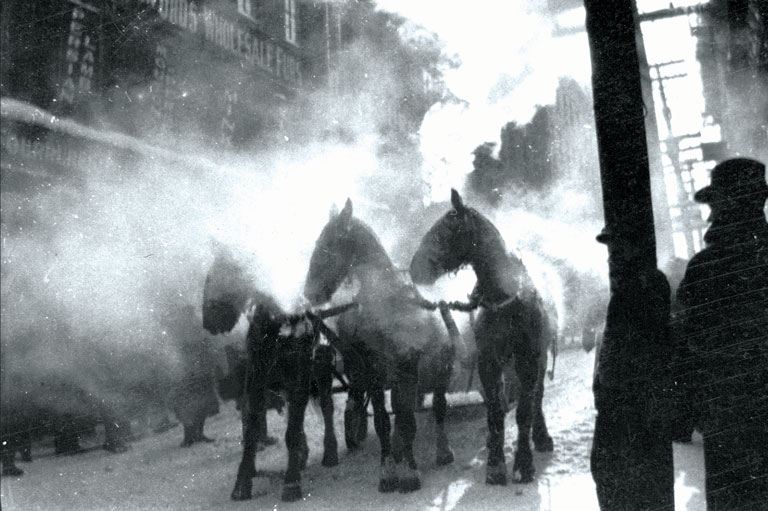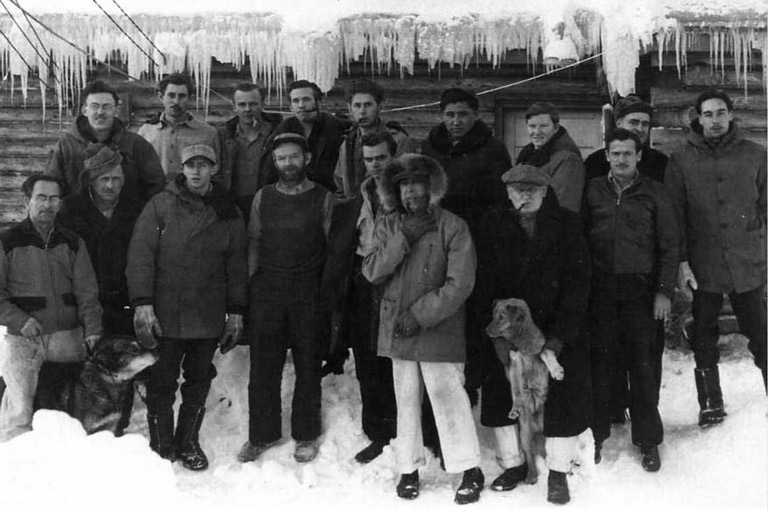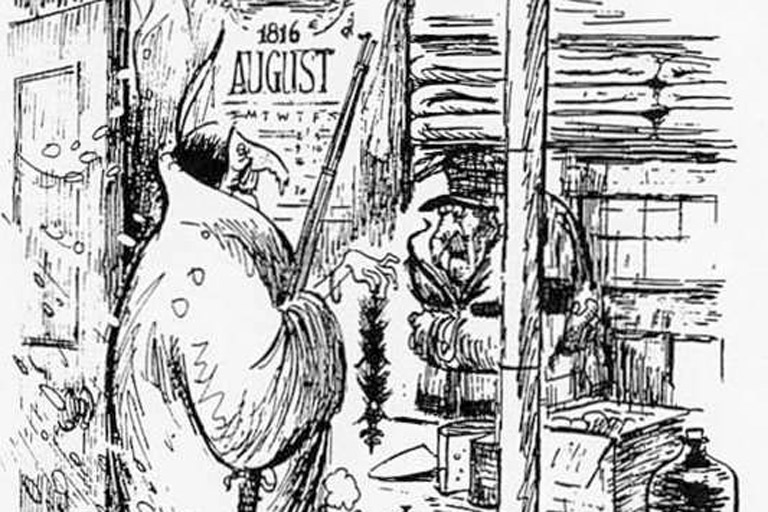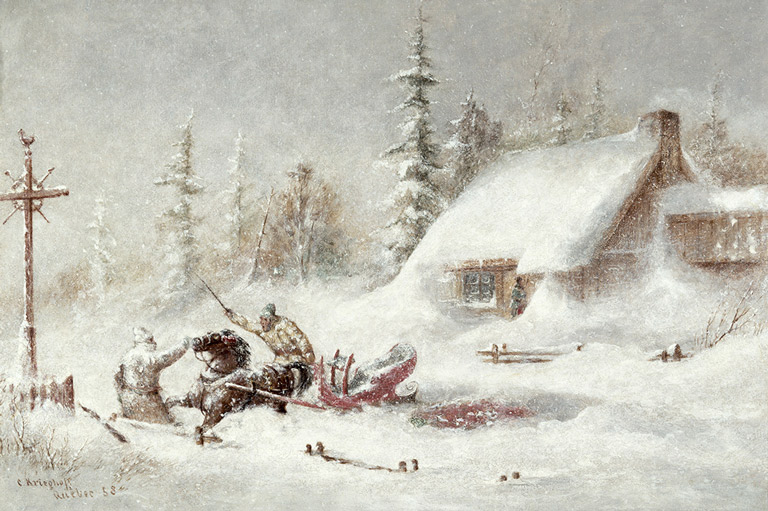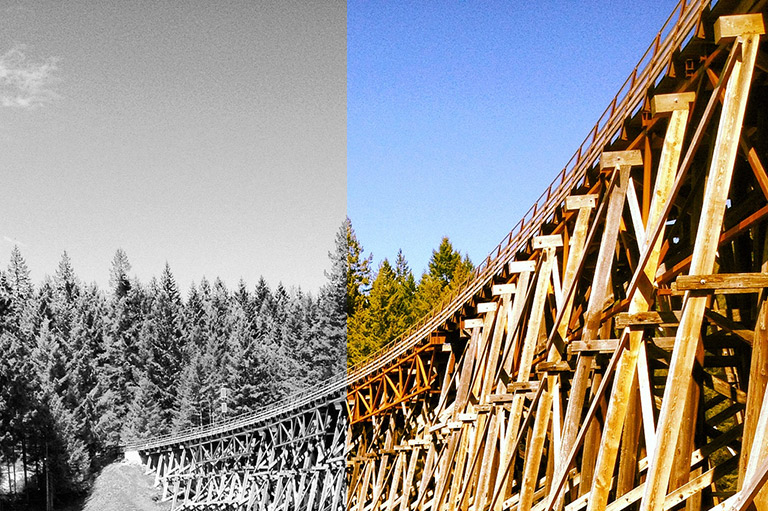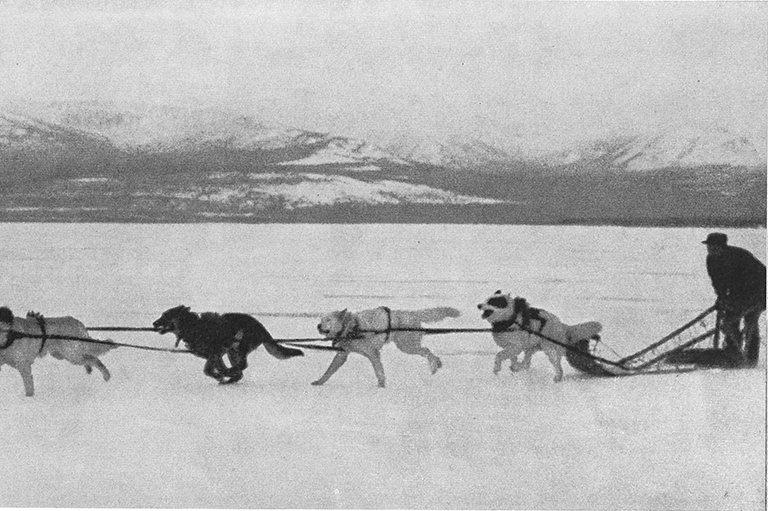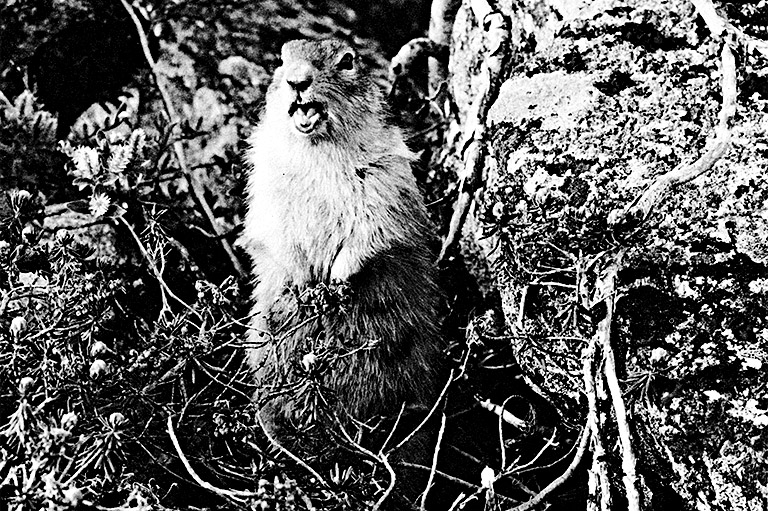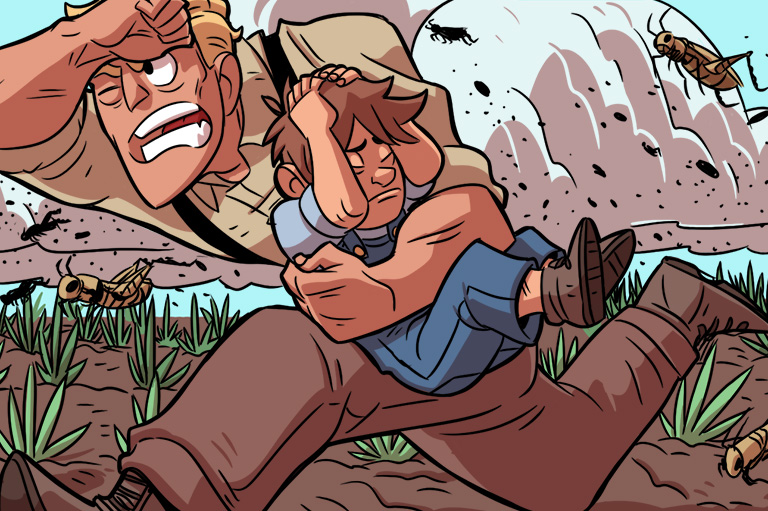Mother Nature: 10 Episodes of Wild Weather
Not just the land of ice and snow, this timeline highlights some of the worst natural disasters in Canadian history.
October 7, 1825 — Great Miramichi Fire
It was an unseasonably hot day when fire broke out in the forests of northern New Brunswick. Known as the Great Miramichi Fire, the disaster destroyed 16,000 square kilometers of land and property and killed 160 people. As people and animals sought refuge in the waters of the Miramichi River, entire communities were reduced to just a few buildings.
May 19, 1870 — Saguenay Fire
Drought conditions helped fuel a brushfire into a widespread forest fire in Quebec’s Saguenay region in 1870. The fire quickly spanned 150 kilometers and destroyed everything in its path. One third of the region’s residents lost their homes, property and all of their possessions. Watch a Historica Heritage Minute about the Saguenay Fire.
September 19, 1889 — Québec Rockslide

A heavy rainfall in Quebec City caused a large overhanging rock to collapse onto the street below. Also known as the Champlain Street Disaster, the homes of almost 30 families were in the path of the rockslide. Although the community worked diligently to recover victims from the rubble, the disaster claimed the lives of forty people.
April 29, 1903 — Frank Rockslide
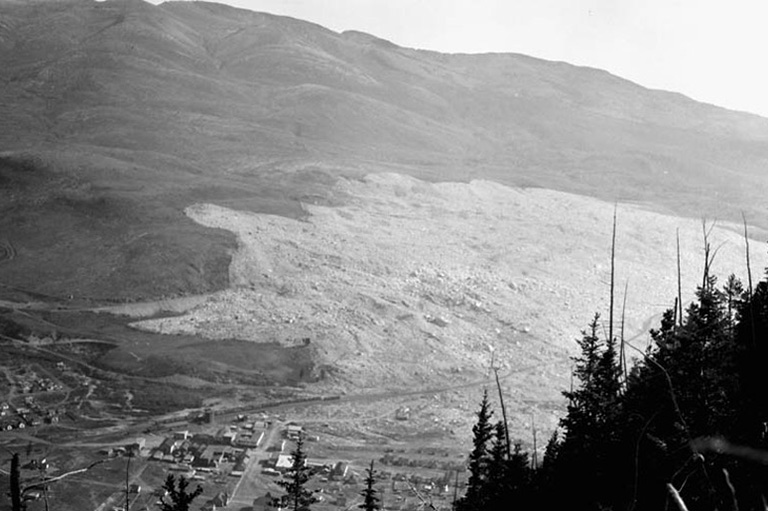
The mining community of Frank, Alberta was only two years old when it was struck with a devastating rockslide. On April 29, 1903, millions of tons of limestone tumbled down Turtle Mountain, burying the mine and most of the town that lay at its base. About 70 people were killed, although only 12 bodies were ever recovered from the rubble. As this video shows, the remains of the rockslide can still be seen at the base of Turtle Mountain. Learn more about the Frank Slide
June 30, 1912 — Regina Cyclone
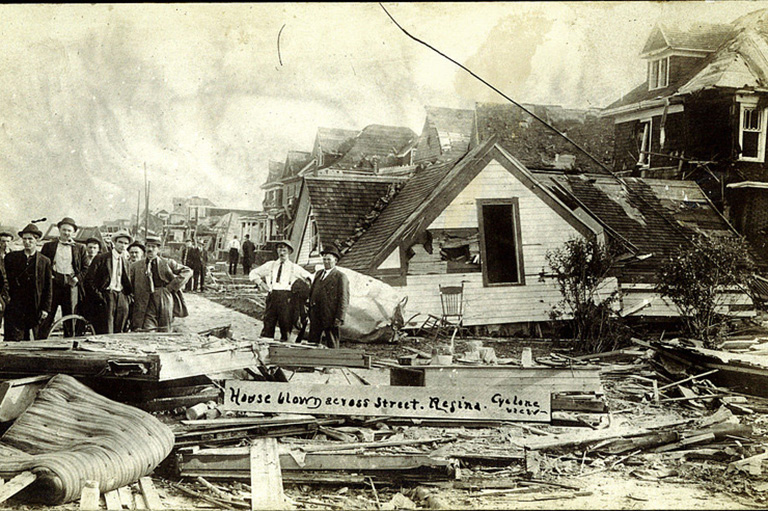
The cyclone that hit Regina on June 30, 1912 is to date considered one of the deadliest tornados in Canadian history. Its path was narrow but deadly, killing 28 people, injuring hundreds more and destroying thousands of buildings and homes. This podcast from the CBC Digital Archives tells some amazing stories about people who survived, and a few who did not. The Beaver magazine wrote about it in Regina’s Day of Wrath
November 18, 1929 — Newfoundland Tsunami
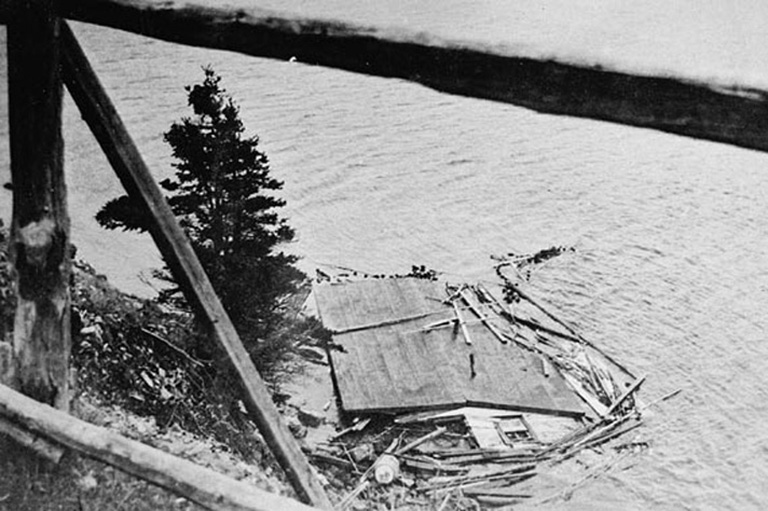
In the evening of November 18, 1929, an underwater earthquake occurred hundreds of kilometers south of Newfoundland’s Burin Peninsula. Ranking 7.2 on the Richter Scale, the earthquake triggered a three-wave, 15-meter high tsunami that hit the Burin Peninsula a few hours later. Twenty-eight people were killed, over 10,000 homes were destroyed and the damage exceeded $1 million dollars. The Beaver reviewed the book Tsunami: The Newfoundland Tidal Wave Disaster. Watch an oral history, as survivor Emma Harnett recounts her experiences of the Newfoundland tsunami.
June 23, 1946 — Courtenay, B.C. Earthquake

The largest onshore earthquake in Canadian history occurred on June 23, 1946. The epicenter was in the middle of Vancouver Island and the earthquake reached a magnitude of 7.3. The infrastructure of nearby communities experienced much damage — a result of the earthquake, as well as subsequent landslides and tsunamis.
May 1950 — Winnipeg Flood

The flood of 1950 is still very much a part of Manitoba’s collective memory. Heavy snowfall, combined with many spring rainfalls, caused the Red River to rise over its banks. With 25% of the city underwater, over 100,000 people had to be evacuated from their homes — one of the largest evacuations in Canadian history. Learn more about Winnipeg’s history with floods in The City That Never Was, Red River Rising, “Dear Lord, our sins have angered Heaven” and the Flood of 1826
October 15, 1954 — Toronto Hurricane Hazel
It’s not just coastal cities that are vulnerable to extreme weather. On October 15, 1954, one of the country’s worst hurricanes wreaked havoc on Toronto. Hurricane Hazel delivered 216 millimeters of rain and wind gusts up to 150 km/h. Eighty-one Canadians died and thousands more were left homeless when the storm lifted. Agriculture was soaked, bridges were destroyed, and Hazel's final Canadian price tag topped out at over $1 billion in economic and property damage. Read more about it in The Fury of Hurricane Hazel
July 31, 1987 — Edmonton Tornado
On July 31, 1987, what was thought to be a typical summer storm quickly developed into one of the worst tornados in Canadian history. The F4 tornado ripped through Edmonton, causing 27 deaths and thousands of injuries. The accompanying storm only added to the destruction, with severe wind speeds, powerful hailstorms and over 300 millimeters of rain in three days.
At Canada’s History, we highlight our nation’s past by telling stories that illuminate the people, places, and events that unite us as Canadians, while understanding that diverse past experiences can shape multiple perceptions of our history.
Canada’s History is a registered charity. Generous contributions from readers like you help us explore and celebrate Canada’s diverse stories and make them accessible to all through our free online content.
Please donate to Canada’s History today. Thank you!
Themes associated with this article
Advertisement
You might also like...

Canada’s History Archive, featuring The Beaver, is now available for your browsing and searching pleasure!

